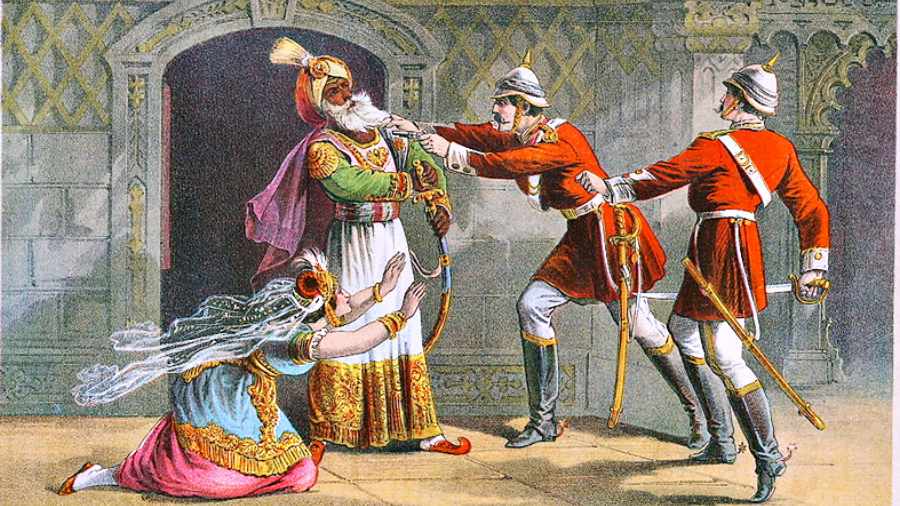Book: Tears Of The Begums: Stories Of Survivors Of The Uprising Of 1857
Author: Khwaja Hasan Nizami
Publisher: Hachette
Price: ₹499
I n the early 1900s, the writer and polymath, Khwaja Hasan Nizami, undertook a task that few have attempted since. He collected testimonials from the then-marginalised members of the Mughal household, many of them women, whose fortunes had taken a stark turn after the British quashed the revolt of 1857. These first-person accounts — lamentations would perhaps be a better word — predated the Latin American tradition of ‘testimonios’ or testimonial literature which evolved only in the late 1970s, but were similar in tone and purpose. The horrors of the political turmoil that occurred in the southern cone of Latin America, specifically Chile, Argentina and Uruguay, in the 1970s were portrayed, documented and publicised through the testimonios by writers like Hernán Valdés and Alicia Partnoy. This is what Nizami was doing, only much earlier.
At the hands of Rana Safvi — she has translated Begumat ke Aansoo from Urdu — Nizami’s works and the voices of the lesser cast of characters of the Mughal empire come to light for a wider English-speaking readership for the first time. Safvi juggles the roles of a historian, a storyteller and a translator with flair — stepping in with invaluable footnotes and filling in gaps that invariably arise while translating a text, but never taking over the voice of Nizami. In a precise but informative translator’s note, Safvi introduces Nizami and 19th-century Delhi to the lay reader. Translating a text from Urdu to English is no mean feat — the artistry, hyperbolic temper and figurative lushness of Urdu can often be lost when translated to English. Moreover, it usually requires more than one English word to communicate the sense of one in Urdu. For instance, Yusuf Hussain, one of the most authoritative translators of Mirza Ghalib, uses 28 words in English to the poet’s 14. Safvi cleverly bypasses this trap by keeping her prose simple and letting the pathos of the stories shine. Whatever poignancy may have been lost in translating the words is more than compensated through the plots themselves.
Each story is overwhelmingly tinged with sadness — be it that of the beggar princess on the steps of the Jama Masjid, which was built by her grandfather, Shah Jahan, or of Gul Bano, the favourite granddaughter of Bahadur Shah Zafar, who had wanted for nothing growing up and was reduced to a heap of bones, dying alone in the Dargah of Hazrat Chiragh-e Delhi. The sense of sorrow is heightened because the defeated royals are always aware of and honest about the disproportionate privileges they had enjoyed.











